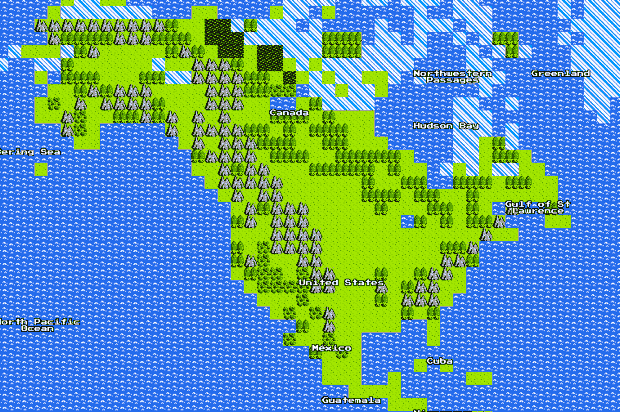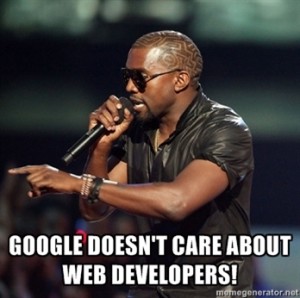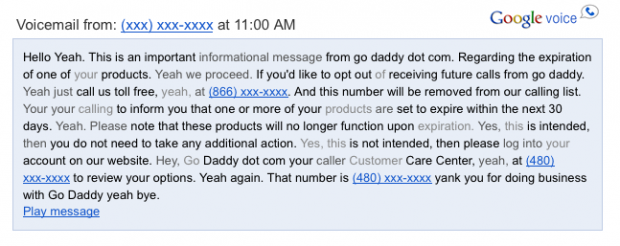Google is reportedly building the Nexus Q in the USA. It’s almost assumed these days that electronics are made in China, with a few notable exceptions in Japan or South Korea. However when you think about it, it makes sense. Consumer technology has come full circle.
Open up some electronics made before 1985. With rare exception, they look almost foreign by todays standards. They are spartan in design. Big circuit boards with a few components, some wires to peripheral lights, motors, whatever the device needs to do it’s thing. It’s almost elementary to figure out how it works. Even fixing it is well within reason.
Now open up a modern device like a modern cell phone. It’s generally a single highly concentrated circuit board with a mess of finely placed parts on and around it. Every year they get smaller and more complicated. Until recently.
A curious thing started to happen. Electronics in an attempt to use less power, become cheaper to manufacture, started simplifying their designs. Kind of. They consolidated many of their parts. For example the complex set of layers in a cell phones screen that separated the backlight from LCD panel from the digitizer were made into one slim component. Multiple chips were combined into a system on chip (SoC). Common things like WiFi a Bluetooth which are almost never exclusive were on one chip. Devices became simpler.
Most of these individual components are manufactured through highly automated means. For example those LCD panels are not made by hand, they are made by machines because a high level of precision is needed. No human etches a CPU or any other chip. Even soldering is increasingly machine driven as most use surface mount techniques like ball grid array which would be nearly impossible to do by hand with anywhere near the accuracy or speed needed.
The result is that these components are made increasingly by machines. These components are assembled increasingly by machines. This changes the equation when it comes to deciding where to manufacturer. The biggest advantage to China was very cheap skilled labor. This is changing. First of all China is starting to become more expensive as affluence builds in China. More notably, the need for labor is able to decrease as designs become more machine centric. While the iPhone is very labor intensive today, but don’t expect it to stay that way. It’s increasingly simplifying it’s design despite pushing the limits. Energy costs and shipping costs are also changing.
Google’s bet is that they’ve simplified the human part of manufacturing to the point where the labor costs are becoming minimal. It’s a reasonable bet. If you look closely at the photos in the NY Times piece, you’ll see lots of humans posing, and a few doing actual tasks related to assembling. Of those assembling, there’s no mention on if they are working on prototypes, or if they are in full scale production (which may involve less humans and more automation).
Factory automation will increasingly bring hardware manufacturing back to the US. But don’t expect to see the jobs of the 1980’s coming back with it. These will be highly automated facilities run by engineers and supervised by increasingly limited staff. They may one day operate like data centers.





